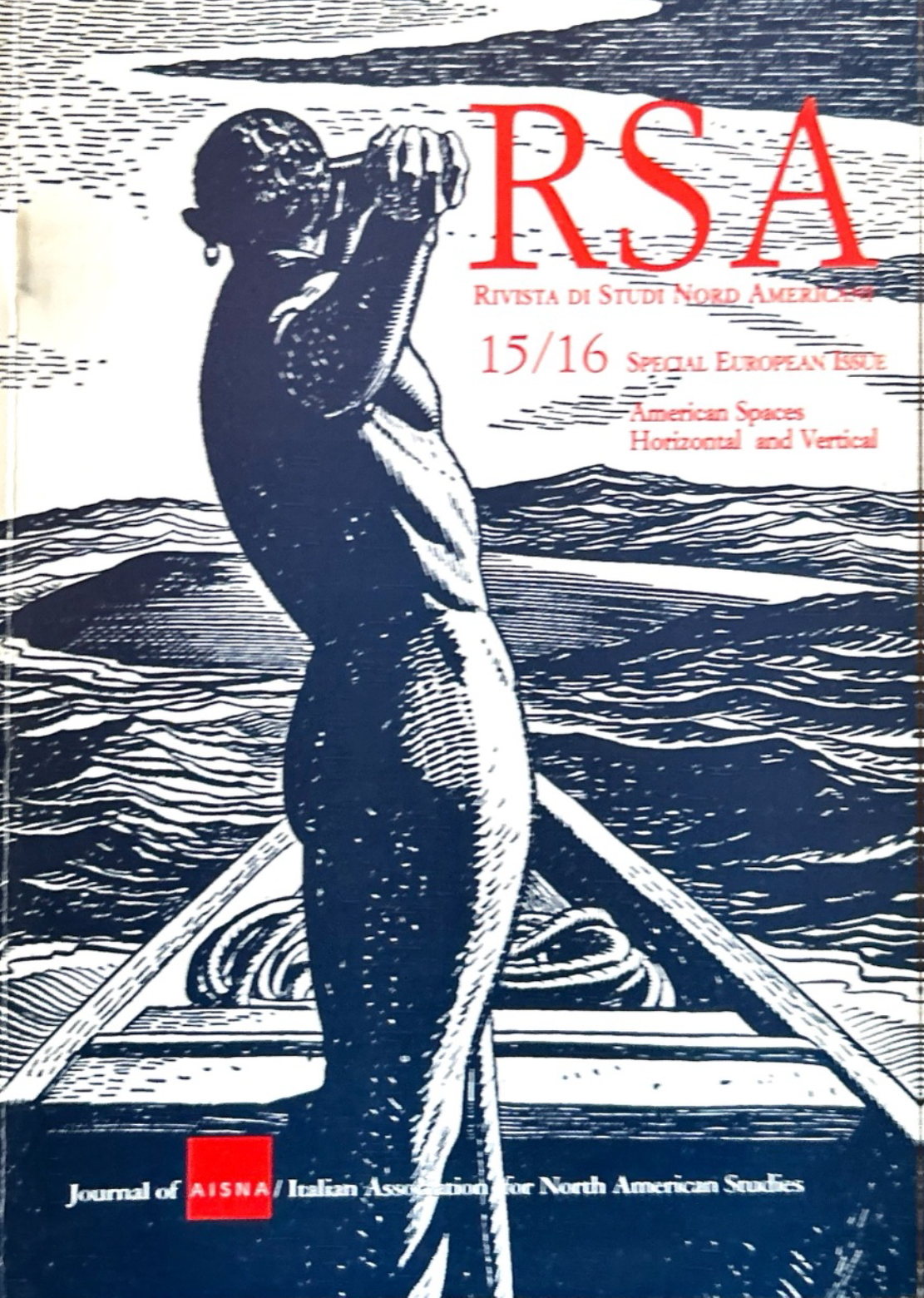After “The 25th Hour”
Perspectives on David Benioff's Novel
DOI:
https://doi.org/10.13135/1592-4467/8806Keywords:
horizontality, verticality, the World Trade Center, pastoral projections, David BenioffAbstract
The aim of this paper is to consider David Benioff's novel The 25th Hour (2000) and the film version directed by Spike Lee (2002) in the light of their New York setting, examining how the intersection of the two space-time axes — the horizontal and the vertical — can be related to the 2001 attacks on the World Trade Center. Whereas the representation of the horizontal cityscape comes along with hope and dream, the vertical direction entails a catastrophic image of New York City. The paper suggests that Benioff's and Lee's rendering of pastoral projections and cataclysmic pulls (through the use of representative strategies that hark back to Modernism) can be viewed as latter-day versions of abiding American obsessions: the fear of impending chaos as related to the outburst of social struggles that has always loomed large within U.S. urban culture and sociology, climaxing during the Gilded Age and in the 1920s and 1930s.
Downloads
Published
Issue
Section
License
RSAJournal will apply a CC BY 4.0 license to all its contributions starting with issue 37 (2026). Previous issues are licensed under a CC BY-NC-ND licence.





